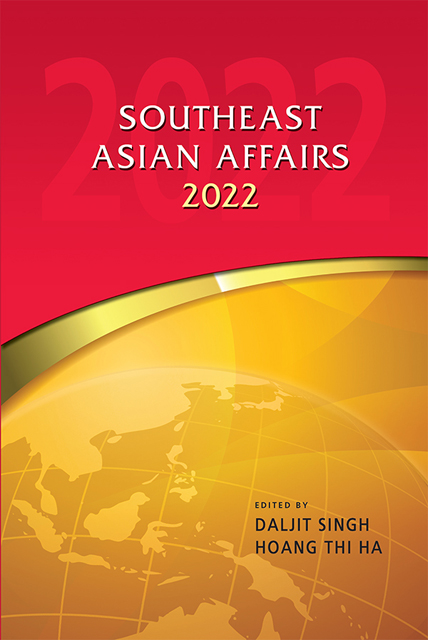Introduction
Published online by Cambridge University Press: 01 September 2023
Summary
There was some optimism that 2021 would mark a turn in the region’s fortunes and offer some respite after what was arguably the worst start to a new decade in living memory. Those hopes did not last long. As it turned out, 2021 was significantly much more of the same. The challenges of the previous year did not so much abate as intensify, putting the region’s resilience to the test.
Plans for a year of strong post-pandemic recovery were dashed as the region was engulfed by new waves of COVID-19 infections as a result of the more contagious Delta and Omicron variants. The reopening of borders and economies had to be delayed, as many Southeast Asian countries resorted once again to lockdowns and tried to quickly inoculate as much of their populations as possible amidst scarce global vaccine supply, especially in the first part of the year.
Meanwhile, it could have been a triumphant year for the Association of Southeast Asian Nations (ASEAN). The grouping made significant headway with its Regional Comprehensive Economic Partnership Agreement (RCEP), the world’s largest trade pact. Final ratifications by Australia and New Zealand in November 2021 meant that the RCEP would go live on the first day of 2022. However, any satisfaction over this feat was overshadowed by the coup d’état in Myanmar, which sparked a violent civil conflict and caused strategic and diplomatic ripples beyond Naypyidaw. The military coup put ASEAN at a protracted impasse as the junta resisted the organization’s entreaties to resolve the crisis, including forbidding the ASEAN special envoy to meet with Aung San Suu Kyi. At the same time, ASEAN redeemed a measure of credibility for itself with the bold decision to exclude the Myanmar military leader from its year-end summit, in what Joseph Chinyong Liow views as an indication that “ASEAN was not about to allow the Myanmar crisis to paralyse the organization” (p. 16).
Furthermore, the region was subjected to more strategic headwinds, as the contest between the United States and China for influence in Southeast Asia and the broader Indo-Pacific region showed little sign of letting up.
- Type
- Chapter
- Information
- Southeast Asian Affairs 2022 , pp. vii - xviPublisher: ISEAS–Yusof Ishak InstituteFirst published in: 2023

